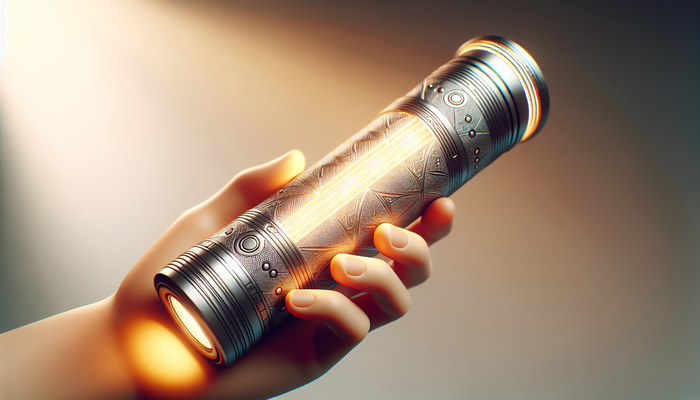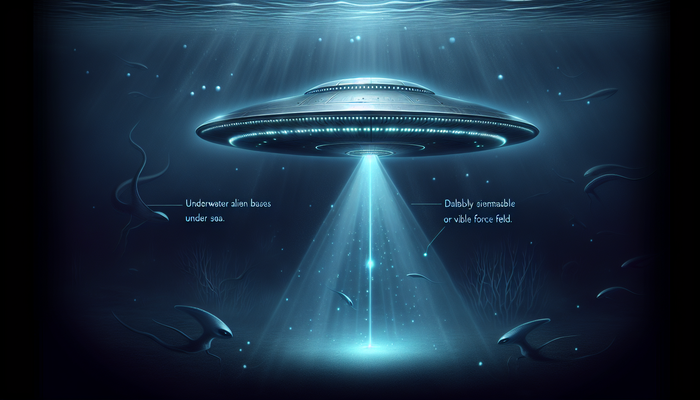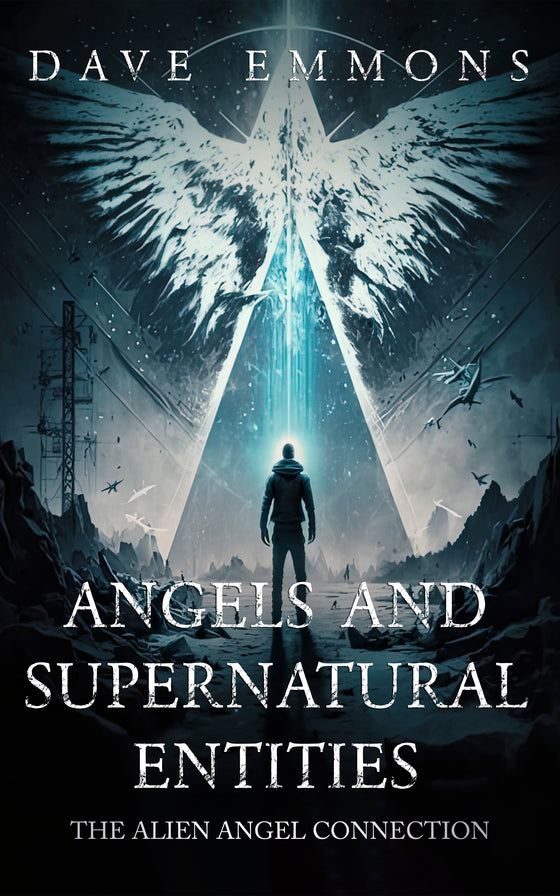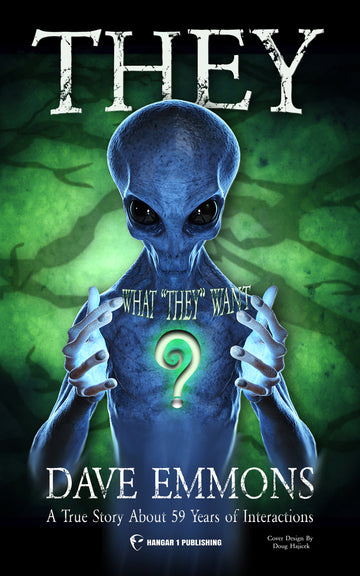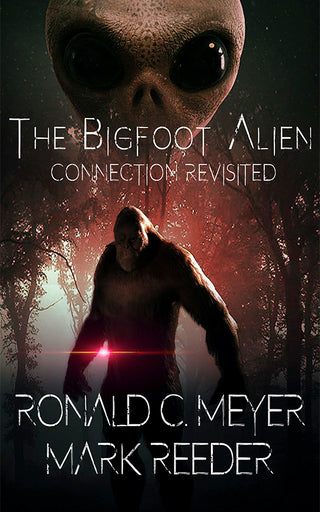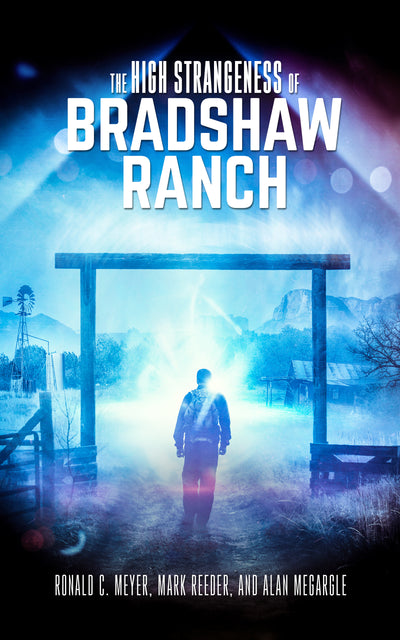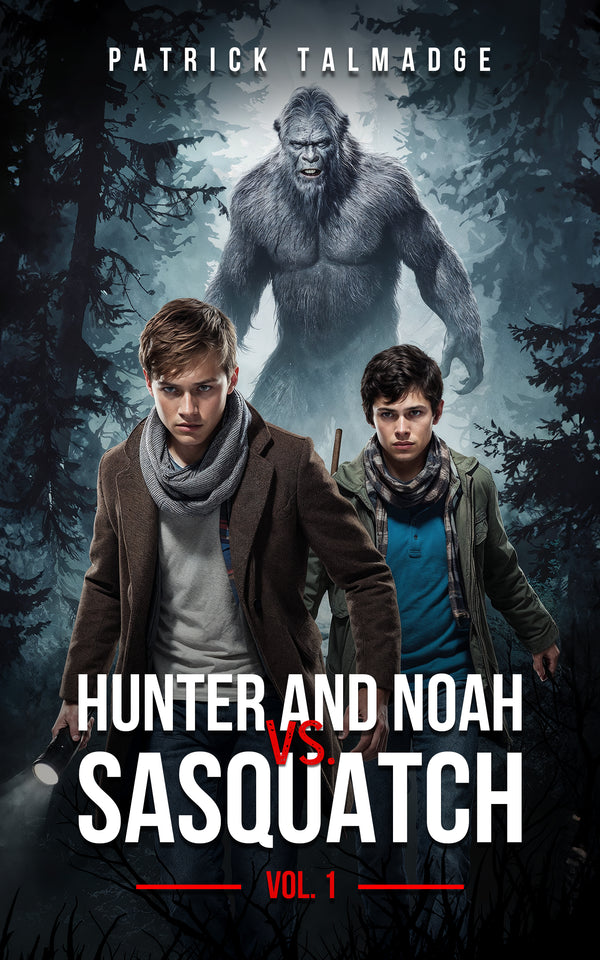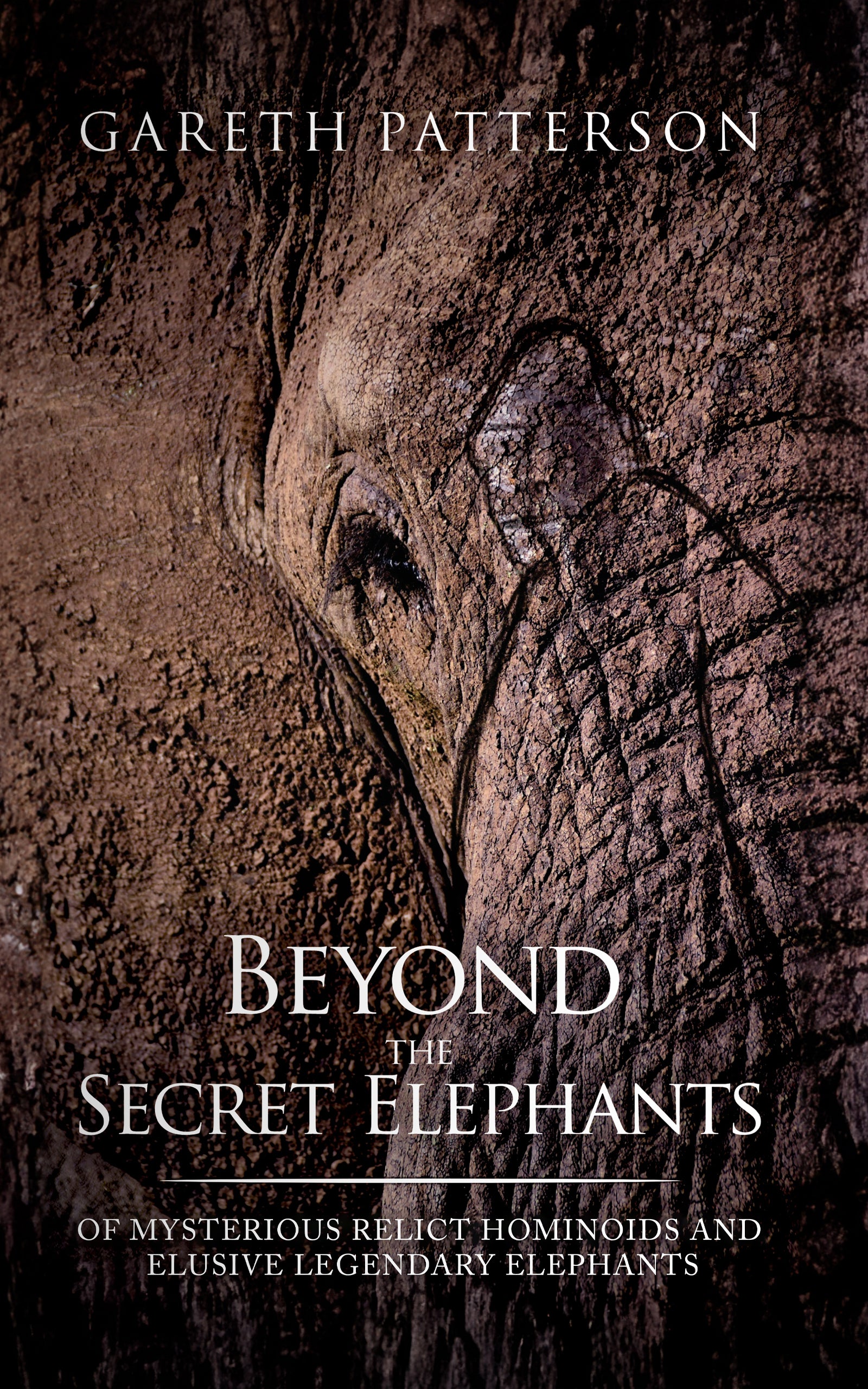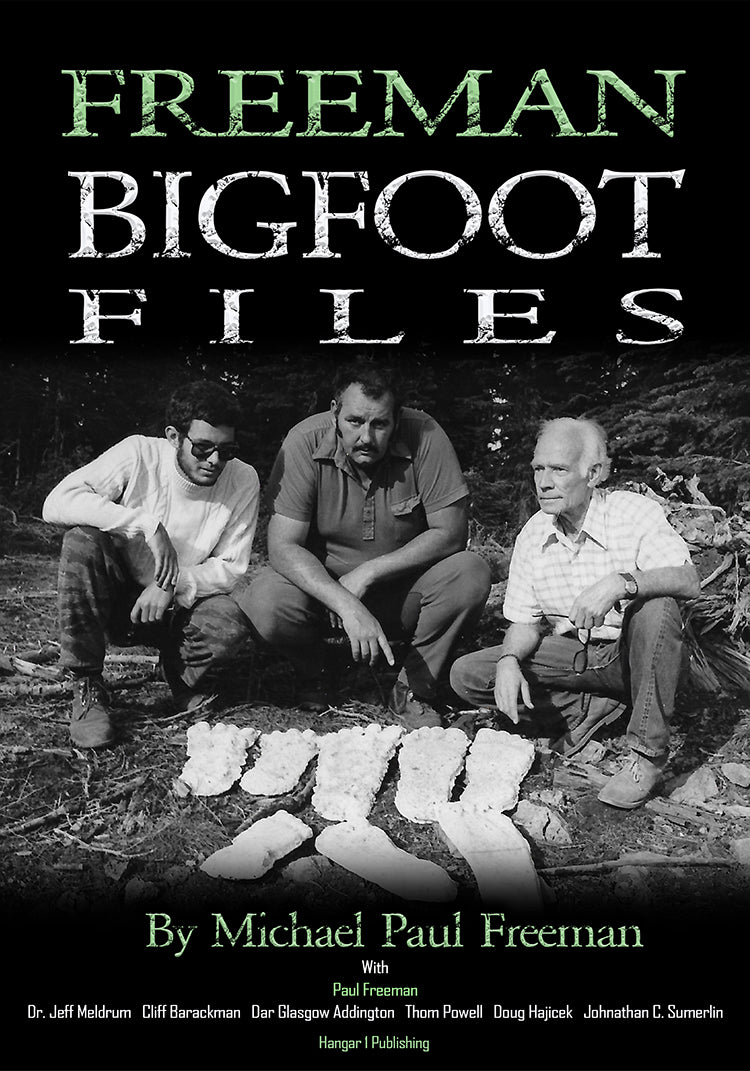UFO Landing Traces: What the Physical Evidence Actually Tells Us

By Howard Callahan, Ufologist
Look, I've spent more than four decades staring at the night sky above the Arizona desert, camera in hand, waiting for something strange to happen. And when it does, when lights dance across the sky performing maneuvers that make aerospace engineers scratch their heads, most of the time all I get is footage and a story.
But sometimes, these things touch down. And when they do, they leave a calling card.
That's what makes Close Encounters of the Second Kind so damn interesting to me as a science teacher. We're not just talking about eyewitness accounts here. We're talking about scorched earth, compacted soil, withered plants, and chemical residues that shouldn't exist. Physical evidence you can bag, tag, and analyze in a lab.
The problem? Most investigators don't know what they're looking at or how to collect it properly. After reviewing hundreds of trace reports over the years, I can tell you that the difference between a compelling case and a waste of time often comes down to what happens in the first 24 hours.
Why Physical Traces Matter More Than Anything Else
Here's the thing about UFO research. For every solid report, you've got a dozen that can be explained away by Venus, weather balloons, or someone's overactive imagination. That's just reality. But when you've got a circle of burned grass, soil that won't absorb water for weeks, or metallic fragments that don't match any known industrial process, you've moved beyond stories into the realm of testable data.
Ted Phillips understood this back in the 1970s when he compiled his foundational catalog. Out of roughly 50,000 cases in the CUFOS database, only about 4,000 involved physical traces. Rare, but incredibly valuable. These are the cases where we can apply the scientific method, run experiments, and potentially learn something about the physics involved.
Betty and I saw our craft in 1977. No traces that time, just eight minutes of silent hovering followed by acceleration that seemed to mock Newton. But I've studied enough landing cases since then to know that when these objects interact with the ground, they leave signatures that deserve serious attention.
The Gold Standard: How France Got It Right
If you want to see what proper trace investigation looks like, study what happened in Trans-en-Provence, France, on January 8, 1981. A farmer named Renato Nicolaï watched a metallic object land in his field, sit there for a moment, then take off. Within 24 hours, the Gendarmerie had secured the site and France's official UAP agency, GEPAN, was collecting samples.
That speed made all the difference.
The analysis revealed something extraordinary. The soil had been compressed by a force equivalent to 4 to 5 tons and heated to somewhere between 300 and 600 degrees Celsius. But here's what really gets me: when researchers examined the wild alfalfa growing near the trace, they found the photosynthetic pigments had been systematically degraded. Chlorophyll levels were down 30-50%. Beta-carotene losses hit 57%. Violaxanthin dropped by 80% in young leaves.
These effects persisted for two years. The biochemist who analyzed the plants, Michel Bounias, concluded the damage pattern was consistent with exposure to a powerful electromagnetic field. Not gamma radiation. Not heat alone. Something else.
That's the kind of data I'm talking about. Quantifiable, reproducible, and deeply strange.
The Delphos Ring: When Soil Defies Physics
If Trans-en-Provence is the gold standard for rapid response, then the 1971 Delphos, Kansas case is the gold standard for persistent anomalies.
Sixteen-year-old Ron Johnson was tending sheep when he saw a mushroom-shaped object hovering about two feet off the ground, bathing the area in multicolored light. After it shot into the sky, he found an 8-foot diameter ring of glowing, crusted soil. The ring remained intensely hydrophobic, meaning water just beaded up and rolled off, down to a depth of 14 inches.
Here's what blows my mind: 32 days later, with the surrounding ground muddy from melted snow, that ring was still bone dry.
In 1977, chemist Erol Faruk got his hands on samples and isolated a bizarre water-soluble compound that somehow caused the hydrophobicity. The stuff also glowed. His analysis, published in the Journal of UFO Studies, concluded that the compound's air-sensitivity and unusual properties made a hoax extremely unlikely.
I've seen plenty of fire-damaged soil in my time. It can become hydrophobic due to organic compounds breaking down and coating soil particles. But this wasn't normal fire damage. The chemistry was all wrong.
Socorro: The Case That Stumped the Air Force
April 24, 1964. Socorro, New Mexico. Police officer Lonnie Zamora chases what he thinks is a speeding car, only to come across an egg-shaped craft sitting on four metallic legs in an arroyo. Two small figures in white coveralls. A blue flame underneath. Then it lifts off with a roar and disappears.
What made this case so compelling wasn't just Zamora's credibility as a law enforcement officer. It was the four landing pad impressions he found, arranged in a trapezoid pattern roughly 12 to 15 feet across. A greasewood bush was burned. The soil showed wedge-shaped marks from the landing gear.
Project Blue Book investigated and labeled it "Unidentified." The FBI got involved. Soil analysis came back negative for foreign materials or abnormal radiation, but the physical evidence was undeniable. Something heavy had been there.
What strikes me about Socorro is the combination of mass and precision. Those landing pads suggest several tons of weight, yet the thermal damage was localized and controlled. No widespread scorching. No blast crater. Just a burned bush and some compacted dirt.
The Propulsion Paradox Nobody's Solving
When you look at the best landing trace cases side by side, a pattern emerges that doesn't fit conventional aerospace. These objects appear to have significant mass based on ground impressions and soil compaction, yet they leave minimal thermal signatures and no sign of the massive downwash you'd expect from rockets or helicopters.
Think about it. A helicopter landing in soft desert soil doesn't just compact the ground under its skids. The rotor wash scatters debris, kicks up dust storms, and creates a circle of disturbance far wider than the aircraft itself. Rocket exhaust? Even worse. You get scorched earth, melted materials, and superheated gas expanding in all directions.
But in case after case, we see intense localized heating without the collateral damage. Trans-en-Provence: soil heated to 300-600°C in a defined circle, but no spreading fire. Socorro: a burning bush, but no scorched perimeter. Valensole: a central hole and radial grooves, but the surrounding lavender field relatively undisturbed until the plants started dying weeks later.
Some researchers have proposed focused microwave or electromagnetic field propulsion as an explanation. That would account for the precise heating and the biochemical damage to plants. But we're still in the realm of hypothesis. Nobody's built one of these things in a lab and demonstrated it can do what these traces suggest.
Lessons from Rendlesham: How Not to Use Instruments
I need to talk about the Rendlesham Forest incident because it's a perfect example of good intentions meeting poor field methodology.
December 1980. U.S. Air Force personnel at RAF Woodbridge in England encounter strange lights in the forest. Lieutenant Colonel Charles Halt leads a team to investigate and documents elevated radiation readings using an AN/PDR-27 radiac meter. His memo reports beta/gamma readings of 0.1 milliroentgens, with peaks of "seven tenths" on his audio recording.
Sounds compelling, right? Except here's the problem: the AN/PDR-27 was designed for high-level post-nuclear incident monitoring, not sensitive environmental measurement. The UK's National Radiological Protection Board later concluded those readings were statistically insignificant and consistent with normal background radiation. Worse, Halt's team used incorrect units, calling them "milliroentgens" instead of "milliroentgens per hour," suggesting they weren't familiar with the equipment.
This isn't about discrediting Rendlesham as a case. Strange things happened in those woods. But as someone who's spent decades trying to document anomalous phenomena, I can tell you that using the wrong instrument or misunderstanding your readings can turn compelling evidence into noise.
If you're going to measure radiation, you need a calibrated survey meter appropriate for environmental levels. If you're going to test soil chemistry, you need baseline controls. If you're going to claim anomalous magnetic readings, you need to know what normal looks like in that location.
Field Investigation 101: What Most People Get Wrong
I've reviewed hundreds of trace reports over the years, and I can spot the problems from a mile away. Samples collected without controls. No chain of custody documentation. Contamination from improper handling. Sites disturbed before photography. It's frustrating because these mistakes make potentially interesting cases worthless for serious analysis.
Here's what a proper field investigation looks like:
Secure the Site First
Before you do anything else, you need legal access. Walking onto private property without permission is trespass. Collecting samples from federal land without a permit violates 36 CFR 2.1 and can get you fined. I'm serious about this. Any evidence collected illegally is worthless, and you could face criminal charges.
Once you've got permission, cordon off the area. Establish a single entry path. Don't let curious onlookers trample the site before you've documented it.
Document Everything Before Touching Anything
Take hundreds of photos. Overall shots showing the location and context. Medium shots of the trace itself. Close-ups with a scale marker. Shoot from multiple angles. Record video walkthroughs narrating what you're seeing. Make detailed sketches with measurements referenced to permanent landmarks.
If you've got access to a drone, use it. Orthomosaic imagery can reveal patterns not visible from ground level. Multispectral sensors can detect vegetation stress before it's visible to the naked eye.
Sample Smart, Not Hard
This is where most amateur investigators fall apart. You can't just scoop up some dirt from the middle of a trace and call it good. You need controls. For every sample from within the trace, take an identical control sample from nearby undisturbed ground with similar soil type, vegetation, and sun exposure.
Better yet, sample at increasing distances from the trace center. Zero meters, one meter, five meters, twenty meters. This creates a gradient that can reveal dose-response effects, which is smoking gun evidence of a centralized energy source.
Use clean tools. Wear gloves. Label everything meticulously with ID, date, time, location, and your name. Seal samples properly. Maintain a written chain of custody form. These aren't optional niceties; they're requirements if you want your evidence to stand up to scrutiny.
Know What You're Testing For
A basic field kit shouldn't cost more than $2,000 and should include:
- GPS unit with accuracy reporting
- Soil penetrometer for measuring compaction
- pH and electrical conductivity meters
- Moisture probe
- UV-A torch for detecting fluorescence
- Pre-cleaned glass vials and sterile sample containers
- High-resolution camera with scale markers
- Personal protective equipment (gloves, masks, safety glasses)
For lab analysis, start with non-destructive techniques like Scanning Electron Microscopy to examine morphology and elemental composition. Move to more specialized tests only if initial results warrant it.
Ruling Out the Mundane (Which Is Most Cases)
Before you get excited about any circular mark in the ground, you need to work through a differential diagnosis. Most rings and patches have boring explanations.
The Condon Report, for all its flaws, nailed this when investigators used gas chromatography to find hydrocarbon residues in a supposed "saucer nest." Someone had poured gasoline and lit a fire. Case closed.
Here's your quick triage checklist:
Fungal rings create circular bands of dark green or dead grass. Look for mushrooms, check the soil for mycelia, test for hydrophobicity. These are especially common in summer.
Lightning strikes leave irregular patches of scorched vegetation. Search for a central strike point. Check for glassy fulgurites in sandy soil. Look for splintered trees nearby.
Vehicle or farm machinery creates compaction and rutting. Use a soil penetrometer to check hardness. Look for tire tread patterns. Drone imagery with NDVI can highlight compaction tracks.
Chemical spills leave irregular patches of burned or discolored vegetation. Test pH and electrical conductivity. Look for abnormal readings that indicate fertilizer or herbicide.
Campfires leave ash, charcoal, and heavily scorched soil that can become water-repellent. The pattern is usually obvious.
If you can't rule these out quickly, you probably don't have an anomaly worth pursuing.
What the Official Investigations Tell Us
The history of official UFO investigation is mostly a story of dismissal and bureaucratic buck-passing. But not always.
France's approach through GEIPAN (formerly GEPAN/SEPRA) stands out. They've maintained a systematic, scientific methodology since 1977. Their protocol involves immediate site control by Gendarmerie, systematic sampling with controls and distance gradients, and multi-disciplinary lab analysis. They publish detailed technical notes that lay out their data transparently.
When GEIPAN classifies a case as "Type D" (unexplained), like they did with Valensole in 1965 and Trans-en-Provence in 1981, that classification carries weight because their methodology is sound.
The Condon Report, on the other hand, set back serious trace investigation by decades. Its conclusion that physical marks were of "little significance" if they could be replicated by mundane means missed the point. Yes, you can make a circular depression with a sledgehammer. But can you create one that also shows precise heating patterns, sustained biochemical changes in vegetation, and anomalous chemical residues? That's a different story.
The 1997 Sturrock Panel brought together physical scientists and experienced investigators and reached a clear conclusion: scientists should focus on cases with strong physical evidence. They praised GEIPAN's methodology and called for more institutional support for this kind of research.
NASA's 2023 UAP study echoed this. While it found no evidence of extraterrestrial origins in the military sensor data they reviewed, the core recommendation was for better, more systematic data collection.
Where We Go from Here
After four decades of watching the skies and studying the data, I'm convinced we're asking the right questions but still collecting data haphazardly. We need to professionalize field investigation while keeping it accessible to citizen scientists.
That means standardized training programs. Certified field kits with proper documentation protocols. A centralized, open repository built on platforms like Darwin Core and ISO 19115 that uses consistent metadata standards. Peer review processes that assign quality grades to submissions, like iNaturalist does for biological observations.
We need academic partnerships to provide lab analysis for the most promising cases. We need to apply isotopic analysis to archived materials and compare them against comprehensive libraries of terrestrial sources.
Most of all, we need to stop treating trace cases as curiosities and start treating them as the scientific opportunity they represent. These aren't just stories. They're data points in a larger pattern that points toward something operating outside our current understanding of aerospace physics.
The Southwest desert where I live has given me hundreds of hours of strange sightings over the years. Most left nothing behind but footage and questions. But the handful of landing cases I've studied in depth, from Trans-en-Provence to Delphos to Socorro, share common threads that can't be easily dismissed.
The evidence is there. We just need to collect it properly, analyze it rigorously, and follow where it leads.
From Bigfoot to UFOs: Hangar 1 Publishing Has You Covered!
Explore Untold Stories: Venture into the world of UFOs, cryptids, Bigfoot, and beyond. Every story is a journey into the extraordinary.
Immersive Book Technology: Experience real videos, sights, and sounds within our books. Its not just reading; its an adventure.




